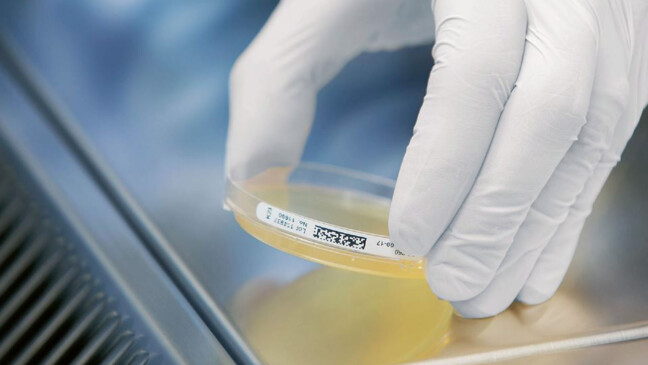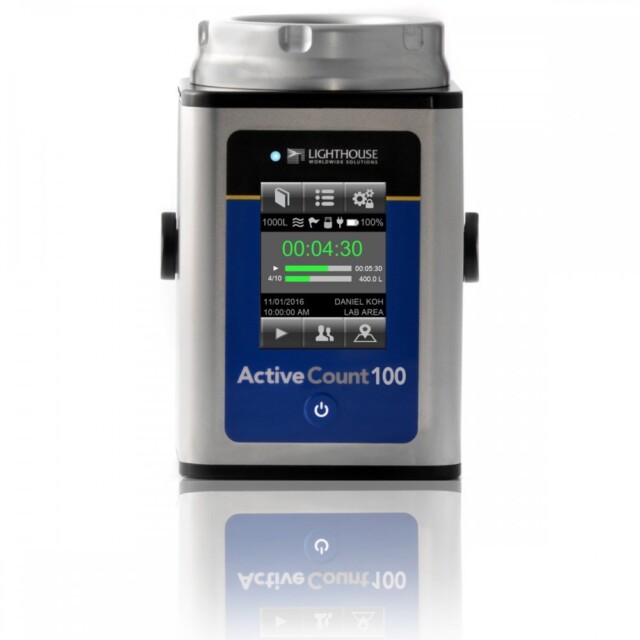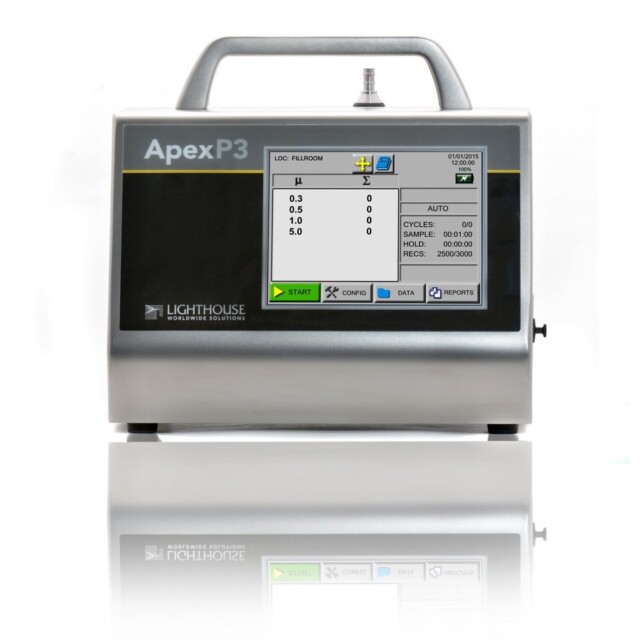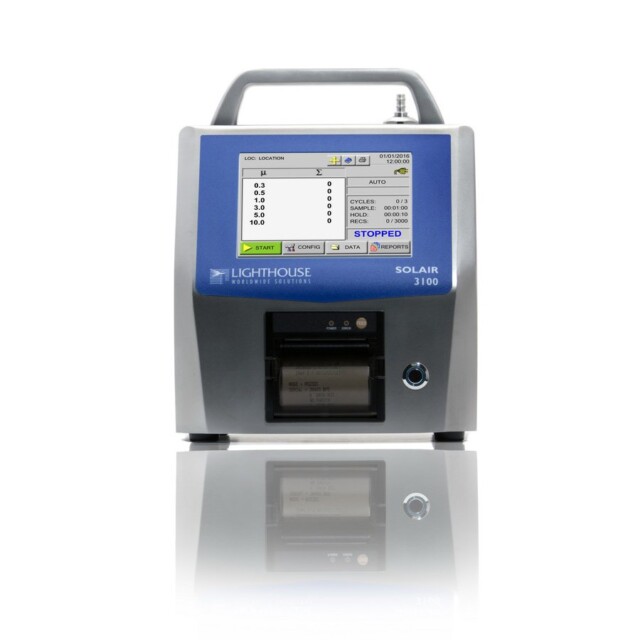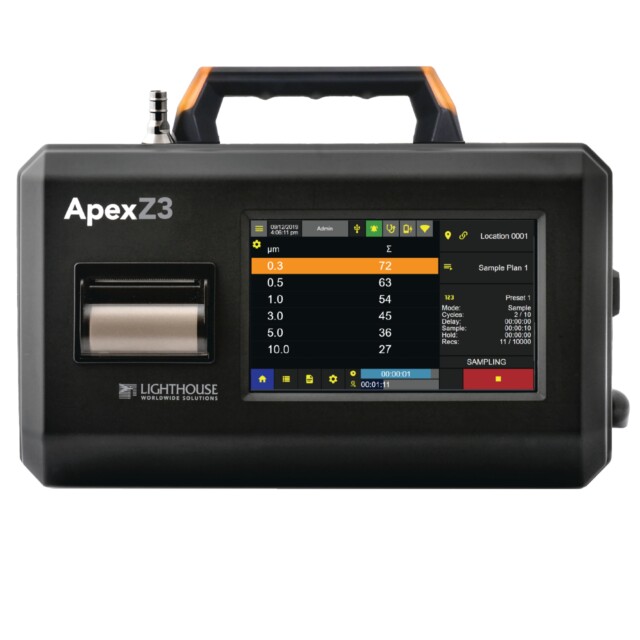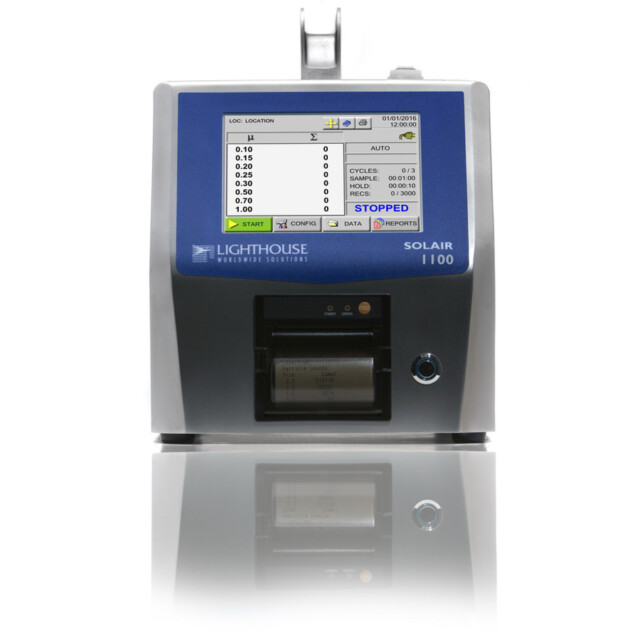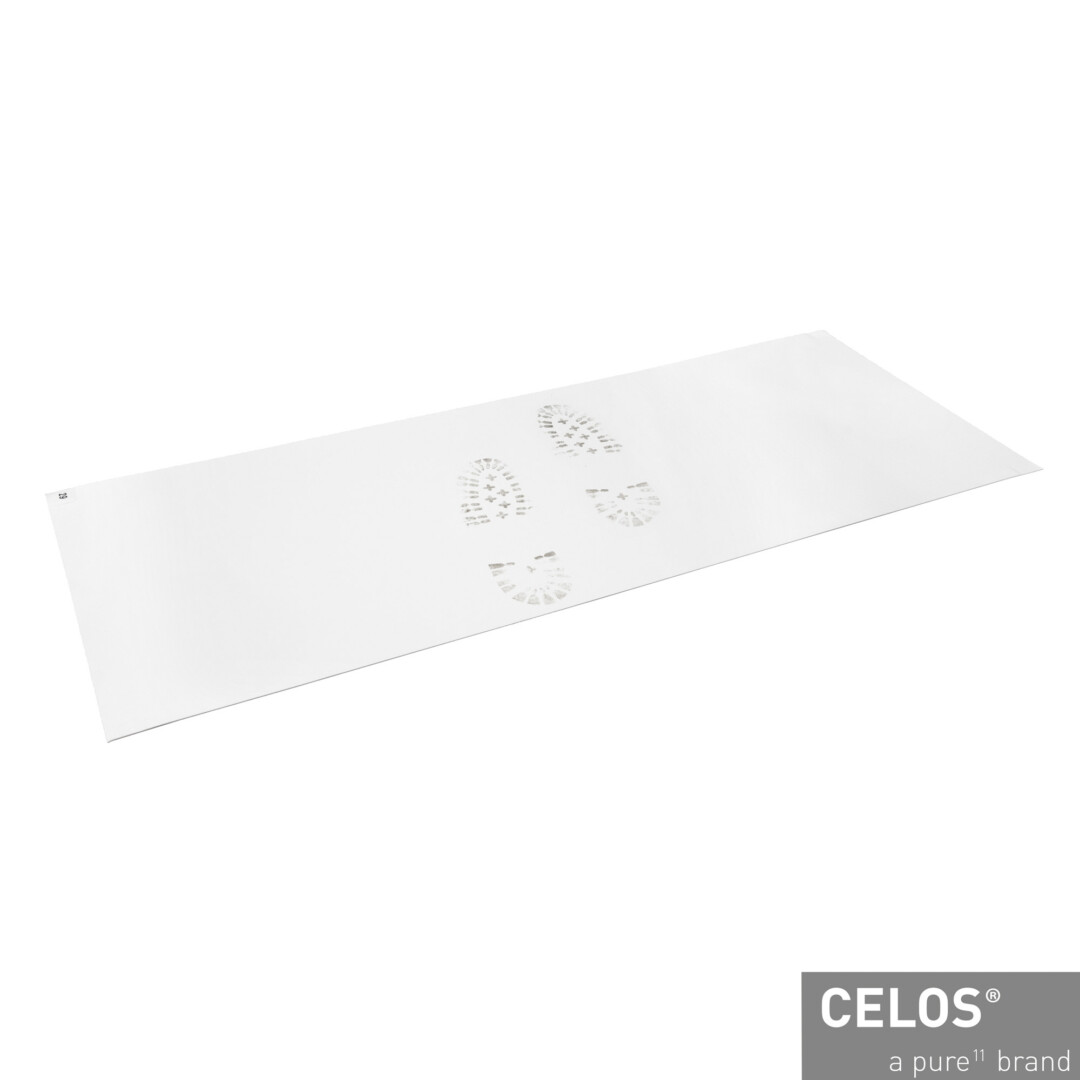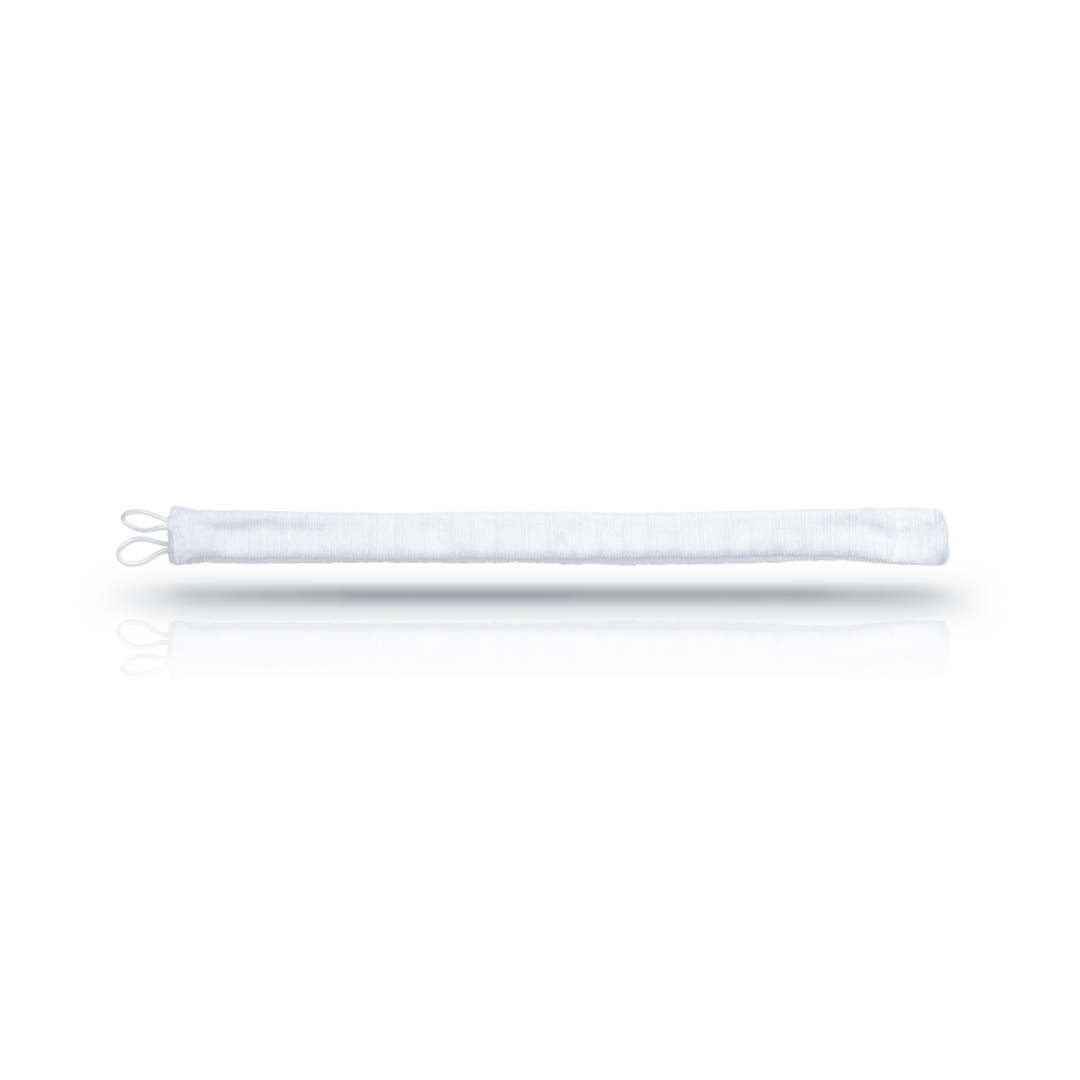
08.09.25
PFAS in cleaning: An invisible challenge
PFAS, also known as "forever chemicals", may still be present in products and pose particular challenges for the cleaning industry. They are found in protective clothing, waterproofing agents and specialised cleaning products and can enter the environment via wastewater or abrasion. Why are these substances so problematic? What are the risks to health and the environment? And how can companies reduce exposure? This article provides an overview and shows why the issue is important.
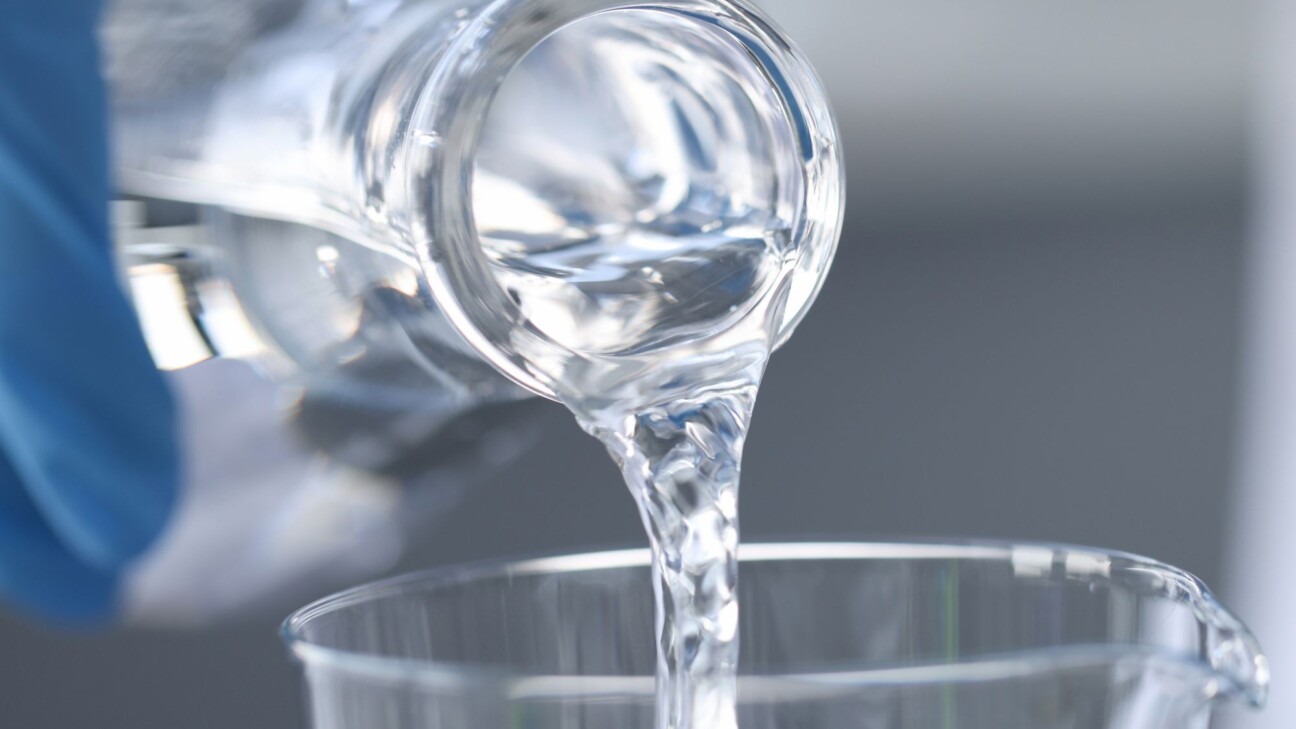
What are PFAS and why are they problematic?
PFAS (per- and polyfluoroalkyl substances) are a group of over 10,000 synthetic chemicals that have been used in numerous products since the 1950s. Their special properties – water, grease and dirt repellent as well as extremely heat and chemical resistant – make them attractive for many applications. However, it is precisely this stability that means PFAS are virtually non-degradable in the environment. They accumulate in soil, water, living organisms and ultimately in the human body. Some PFAS, such as PFOS and PFOA, have been proven to be harmful to health, are suspected of being carcinogenic and are already heavily regulated or banned worldwide.
Relevance of PFAS in cleaning
The relevance of PFAS for cleaning is indirect but high. Although they are not contained in every all-purpose cleaner, they play an important role in certain areas. Protective materials such as work clothing, gloves and membranes for clean rooms or the pharmaceutical industry are often treated with PFAS to ensure water, oil and chemical repellent properties. Impregnating agents for textiles, leather or technical surfaces also often contain PFAS, as do certain special cleaners or coatings that use PFAS-based surfactants. In addition, PFAS can enter the environment via wastewater, exhaust air or abrasion. Cleaning staff are doubly exposed: through direct handling of products containing PFAS and contact with already contaminated surfaces.
Why is this a problem for cleaning?
PFAS are extremely persistent and cannot be completely removed by conventional cleaning methods or in sewage treatment plants. As “forever chemicals”, they spread through the air, water and dust and can accumulate in the food chain. In addition, there are significant health risks: studies show links to liver damage, hormonal disorders and an increased risk of cancer. Particularly critical is the accumulation in the blood and the possible transmission to children during pregnancy and breastfeeding. In addition, regulatory pressure is growing: the EU is planning a far-reaching ban on PFAS under the REACH Regulation, with transition periods of up to 13 years for unavoidable applications. Switzerland is also working on corresponding adjustments.
Cleaning is not only affected, but plays a key role in dealing with PFAS. In contaminated areas such as industry, firefighting or pharmaceuticals, specialised decontamination procedures are necessary to prevent further spread. At the same time, prevention is crucial: choosing PFAS-free products and materials significantly reduces exposure. In addition, training for cleaning staff is necessary to identify risks and implement appropriate protective measures.
How does Switzerland regulate PFAS?
Switzerland is imposing increasingly strict regulations on PFAS, even though the hazards posed by individual substances within the PFAS group have not yet been fully clarified. One thing is certain: PFAS are harmful in high quantities. The Chemical Risk Reduction Ordinance (ORRChem) has been revised to comply with EU regulations on persistent pollutants (POP Regulation) and chemicals (REACH Regulation). Since April 2022, new requirements have applied to PFHxS, their salts and related substances, and the use of certain PFAS is being gradually restricted.
The Swiss authorities are currently working on further measures to minimise environmental and health risks. A report by the Federal Council recommending a national action plan is expected by the end of 2025. At the same time, consultations are underway to bring Swiss regulations into line with the stricter EU standards.
- Prohibited substances: Particularly problematic PFAS such as perfluorooctanoic acid (PFOA) and perfluorooctane sulfonate (PFOS) have been banned or heavily regulated since 2011 and 2021, respectively.
- Drinking water: Maximum levels for PFAS have been in place since 2016 and are set to be tightened by 2026. The cantons continuously monitor the water supply; in 2023, PFAS were detected in 21 of 564 areas tested. Swiss limits were not exceeded, but five areas exceeded the stricter EU limits.
- Remediation and wastewater: PFAS mainly enter groundwater through industrial use and wastewater. In Chiasso, a detoxification plant with activated carbon filters was built in 2024; the contaminated carbon is treated in special plants with UV light or high heat. At the same time, research is being conducted into PFAS-degrading bacteria, but these do not yet represent a standard solution.
- Medical products: Exceptions currently exist for certain applications due to limited availability of alternative materials.
- From 2026: PFAS will be integrated into the Swiss groundwater monitoring programme NAQUA.
How can the exposure of cleaning staff to PFAS be reduced?
It is crucial for cleaning teams and professionals to understand the presence of PFAS in work materials and processes and to develop an awareness of possible exposure. Important approaches include:
- Inform and exchange: Further training on PFAS, their areas of application and risks; share experiences with colleagues and experts.
- Conscious use: Critically examine materials such as cleaning cloths, protective clothing or technical components and, where possible, favour PFAS-free alternatives.
- Question cleaning processes: Analyse procedures to identify where PFAS could potentially be distributed or concentrated.
- Documentation and communication: Record observations and information on PFAS issues and share them internally to ensure that risk management is transparent.
- Implement protective measures: Use personal protective equipment (PPE) such as gloves and respiratory protection to minimise skin and inhalation contact, and ensure appropriate disposal methods for materials containing PFAS.
PFAS-free products in cleaning
Stricter legal requirements in the EU and Switzerland have led to a sharp decline in the use of PFAS in cleaning products. PFAS-free alternatives are now available for most applications, meaning that PFAS no longer plays as significant a role in this area as it once did. However, there are still a few products that contain PFAS, particularly in special applications with high requirements for dirt, oil or chemical repellency.
On a positive note, some manufacturers have consistently switched their entire product range to PFAS-free formulations. Examples include Tana-Chemie, Kiehl and Diversey , which have completely eliminated the use of PFAS.
Interactive map of Europe
Would you like to view an interactive map covering Europe that shows PFAS measurements in groundwater, surface water and drinking water? The data comes from the PFAS Data Hub, based on over 100 standardised sources from 27 EU countries as well as Norway, Iceland, Liechtenstein and Switzerland. You can access the map here: Interactive PFAS map
Sources:
- Bundesamt für Lebensmittelsicherheit und Veterinärwesen (BLV)
PFAS – per- und polyfluorierte Alkylverbindungen (Grundlagen, Gesundheitsrisiken, Trinkwassergrenzwerte Schweiz) - Bundesamt für Umwelt (BAFU)
PFAS: per- und polyfluorierte Alkylverbindungen (Regulierung Schweiz, ORRChem, POP-Verordnung, Monitoring) - SRF
Ewige Chemikalien: PFAS-Abbau – sauberes Wasser durch Bakterien (Sanierungsmethoden, Aktivkohle, UV-Behandlung, Forschung zu Bakterien) - Swissinfo
Swiss authorities draw up new rules to manage PFAS (Politische Massnahmen, Aktionsplan, Anpassung an EU-Standards) - Umweltbundesamt (UBA)
PFAS – Problematische Stoffgruppe (Gesundheitsrisiken, Persistenz, Einsatzbereiche, EU-Regulierung) - ECHA – Europäische Chemikalienagentur
PFAS restriction proposal under REACH (EU-Beschränkungsvorschlag, Übergangsfristen, geplantes Verbot) - LAVES – Lebensmittel- und Veterinärinstitut
PFAS in Imprägniermitteln und Textilien (PFAS in Imprägniermitteln, Textilausrüstung) - Valutek
Understanding PFAS in Cleanroom Garments (PFAS in Reinraumkleidung und Schutzmaterialien)
